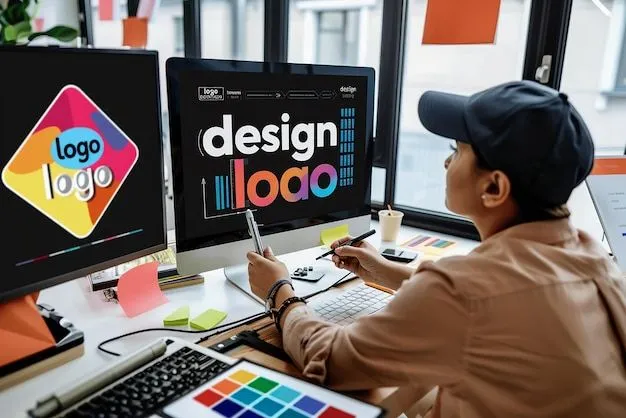In the modern business landscape, where digital presence and brand perception are critical, graphic design has emerged as a strategic necessity—not just an aesthetic choice. From startups to multinational corporations, visual communication plays a defining role in how organisations connect with their audience, communicate internally and position themselves in the market.
Whether it’s your website, social media feed, company presentations, or packaging, graphic design directly influences how people perceive your brand. This article explores why graphic design is important for business, especially within a corporate context, and how it contributes to long-term success.
Establishing a Strong and Consistent Brand Identity
A clear and aligned visual identity is essential for recognition and trust. Your logo, typography, colour palette, and design language all contribute to how customers remember and relate to your brand. A strong graphic design strategy ensures these elements remain consistent across all customer touchpoints.
According to a Lucidpress brand consistency report, businesses with consistent branding across all platforms see an average revenue increase of 23%. For corporate brands managing multiple products or departments, maintaining this consistency is crucial for reputation and scalability.
Elevating Communication with Visual Clarity
Graphic design improves clarity by translating complex messages into easily digestible visual formats. In both internal and external communication, well-designed visuals help convey ideas more effectively than text alone.
For example:
- Infographics help simplify complex data and highlight important trends.
- Slide decks with visual storytelling hold attention better than text-heavy presentations.
- Product catalogues and brochures with structured layouts guide the reader’s attention intuitively.
According to research from 3M Corporation, visuals are processed 60,000 times faster than text—a significant advantage in today’s fast-paced digital world.
Boosting Marketing and Advertising Performance
Effective design is central to digital marketing success. Every campaign—whether it’s a pay-per-click ad, an email newsletter, or a social media post—relies on visual design to capture attention and drive engagement.
- A/B testing by HubSpot showed that emails with well-designed graphics had a 25% higher click-through rate than those with plain text.
- Venngage reports that original, branded graphics are the most effective type of visual content—outperforming stock photos and generic images.
In short, good design increases both visibility and conversion rates. It influences how your brand is perceived during the customer journey, from first impression to final purchase decision.
Improve Professionalism and Corporate Credibility
In the corporate world, appearances matter. Investors, clients, and stakeholders often form opinions about your business based on visual materials—pitch decks, annual reports, whitepapers, or your company website.
A poorly designed document or presentation, no matter how good the content, can hurt your credibility. In contrast, clean, professional graphic design sends a clear signal that your organisation values quality, pays attention to detail, and operates at a high standard.
Moreover, professionally designed branding increases employee confidence. Internally, it gives staff a stronger sense of identity and pride in the organisation they represent.
Supporting Digital Transformation and UX Design
User experience is a key determinant of success in the increasingly digital business world. Websites, apps, and digital interfaces are judged not only by functionality but also by how intuitively and attractively they guide the user.
- Visual hierarchy leads users through content logically.
- Readability and accessibility are maintained across devices.
- Visual cues (like icons, buttons, and call-to-action elements) help users interact effectively.
Businesses that invest in UX and design report higher customer satisfaction and retention, according to a study by Forrester Research, which found that a well-designed UI could raise conversion rates by up to 200%.
Conclusion
Graphic design is an essential asset for businesses, not just a decorative extra. It supports branding, improves communication, improves marketing efforts, and reflects corporate professionalism. In an era where visuals dominate how we consume information, companies that invest in quality design are more likely to attract customers, build trust, and grow sustainably.
For businesses and corporate brands aiming to stay competitive and credible in a digital-driven market, graphic design must be considered an integral part of strategy—not just decoration.


